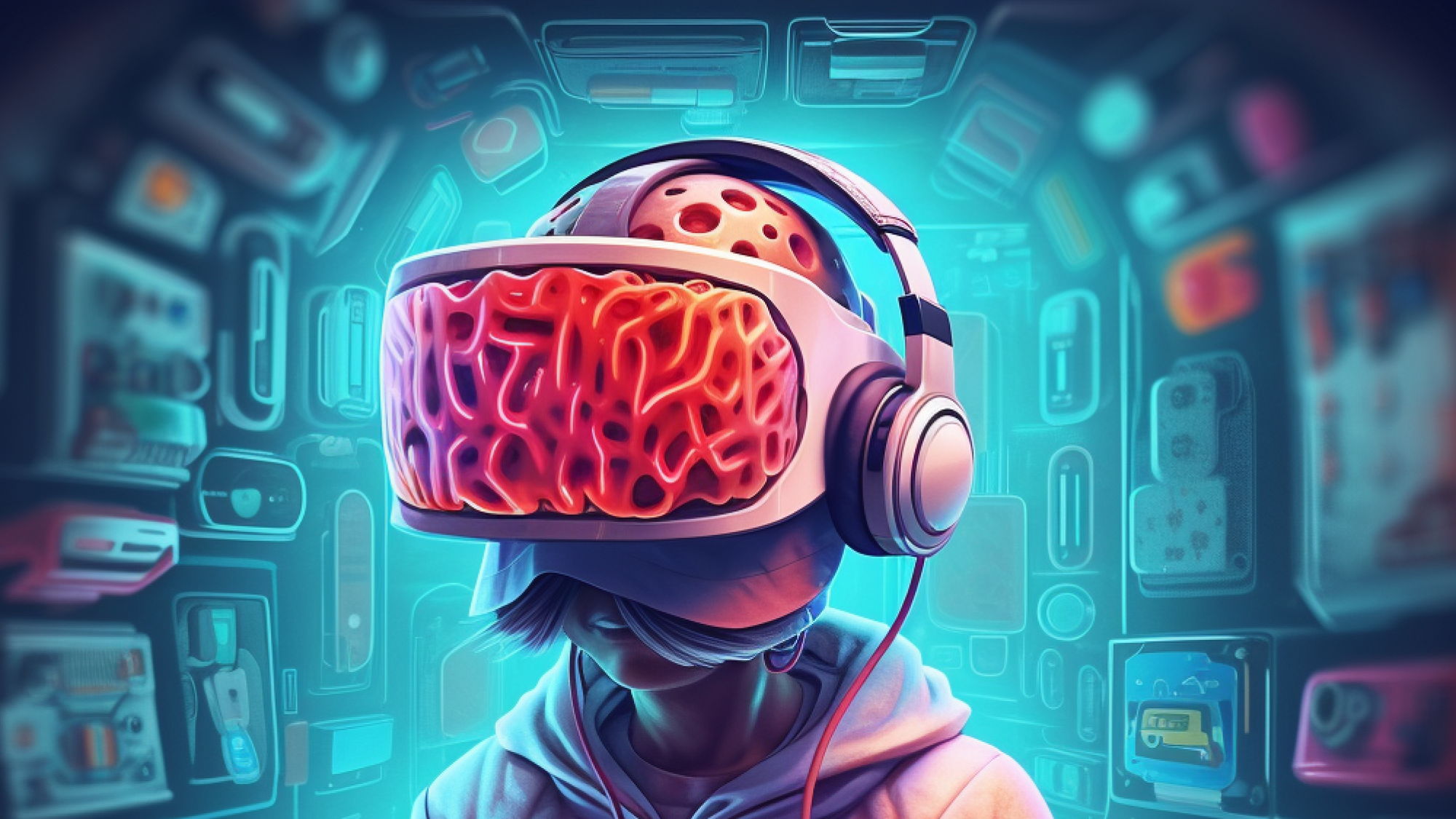
Did you know that we are believed to have three brains?
Well, technically speaking, it’s more like three regions that hold distinct processes, influencing the way we function as human beings.
Back in the 1960s, this idea of the ‘triune brain’ model (as it’s formally called) was introduced by Paul MacLean to describe and distinguish the evolutionary development our brains have gone through to go from the once-primitive cave-man brain to the current, critically-thinking intelligent one.
These three distinct structures are key to explaining the cognitive activities of primitive fight-or-flight survival, emotion, and rationality. And it is the underlying interaction between these three structures that define the very nature of how we make decisions, our behaviors, and beyond.
The Primal Brain (Basal Ganglia)
One of the regions known as the primal or reptilian brain is formally called the basal ganglia. This is the part of that is responsible for motor control, learning, our executive functions, and self-preserving behaviors.

As its name goes, it is the primitive part of our brain that has existed since ancient times, in charge of the fight-or-flight response. This is where the famous amygdala is housed — the region that has to do with fear. It plays a key role in our survival and any behavior, often responsible and involved with the four F’s: feeding, fighting, fleeing, and f*cking.
The Emotional Brain (Limbic System)
Zooming a bit out from the basal ganglia, we see that it is part of a bigger neural structure known as the limbic system, also known as the emotional brain.
Along with the aforementioned amygdala (which is included in the basal ganglia), the limbic system holds the hippocampus, thalamus, hypothalamus, and cingulate gyrus. These all play an important part to learning and memory, as the hippocampus is crucial in regulating learning, memory encoding, memory consolidation, and spatial navigation.

All of this information from your senses is relayed through the thalamus, which plays a crucial role in sleep, consciousness, learning and memory.
The limbic system is considered a key component to our brain, as it is considered one of the oldest parts of the brain from an evolutionary perspective. In fact, this structure can be found in most mammals.
The Rational Brain (Neocortex)
While the limbic system is something that we have close similarities with in other mammals, the thing that separates the sheer size of our neocortex, aka the rational brain. This structure is significantly larger within the human brain is responsible for cognition, language, sensory perception, and spatial reasoning.

The neocortex serves as the largest part of the cerebral cortex, and is approximately half the volume of the entire human brain. This is where advanced computations, attention, and episodic memory are held. Pretty much, any higher function of thought that makes us human is where the neocortex comes from.
Working together: our interconnected brain
The three-brain (or triune) model is definitely an interesting way to look at the different parts of our brain and how they function. When we are focused on a specific function, these distinct areas activate and lead, yet there has been plenty of research indicating that these three regions do not always work on their own.
In fact, it is the collective collaboration between the primal, emotional and rational regions that make-up and define the entire experience of being human.
However, knowing about how each brain pulls at your strings can be quite helpful in understanding why or how we do things.
Know your brain for better decisions
Unlike the days of our past, we are influenced, distracted, and programmed by thousands of stimuli on any given day. It is hard to pay attention with so many messages, content, and advertisements bombarding our eyes and mind, each aimed at triggering the emotional and primitive brains within.
While we’ve evolved to think more rationally, it can be tricky to remain focused in this modern digital age. This is exactly why we need to learn to understand more about how our brains work so that we can tap into an infinite amount of knowledge to behave better and decide smarter.
In a time where distractions are literally around every corner, it’s important for us to take the time to look less at the external world, and peer internally, into the very mind that defines how we ultimately make decisions.










